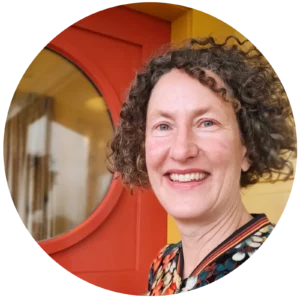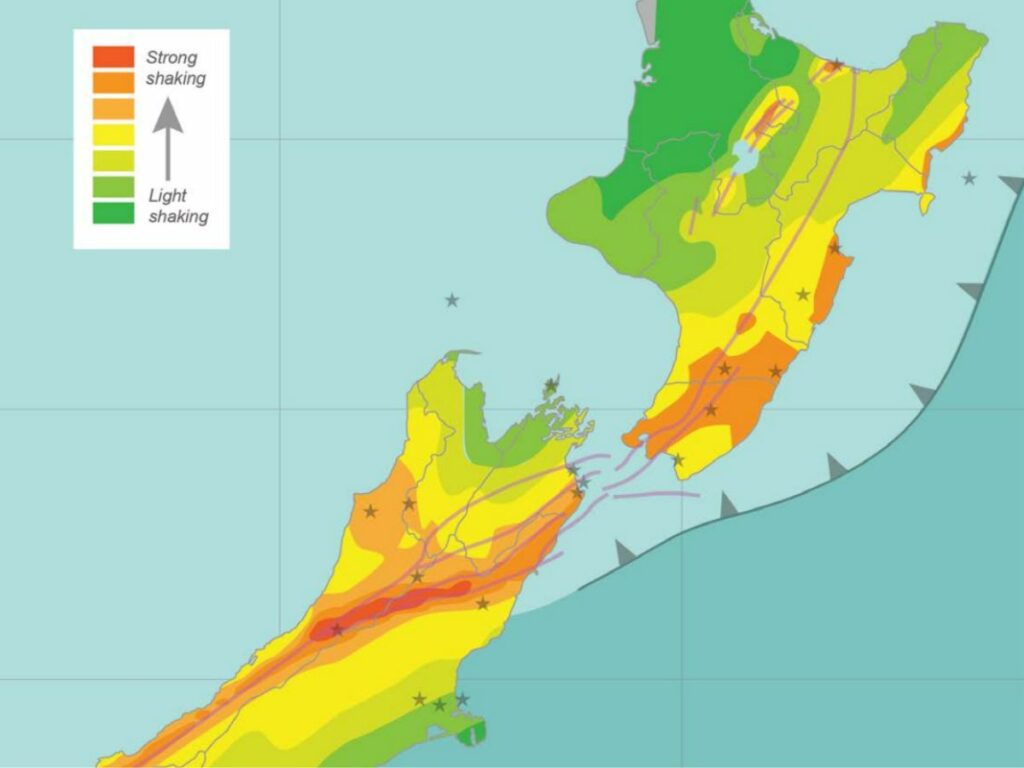The first step towards managing our risks effectively and making Aotearoa New Zealand a safe place to live, is to know our hazards. The National Seismic Hazard Model (NSHM) is a way of encapsulating what scientists know about the location of active faults in New Zealand, the probability of earthquakes occurring away from known faults, the magnitude and frequency of earthquakes and how much the ground will shake in different parts of the country over varying time periods. It provides an estimate of earthquake hazard.
Even at a glance, maps from the NSHM show us that Northland and eastern Southland are less shaky places than the rest of the country. At a more detailed level, the NSHM provides the basis for policy making and land use planning by central and local government, risk assessments for the insurance industry and guidance for setting engineering design standards.
Given New Zealand’s stark experience of earthquakes over the last decade and rapid advances in technology, there is a lot of new data, understanding, and modelling capability, that is not incorporated in the 2010 version of the NSHM. In 2019 the Ministry for Business, Innovation, and Employment (MBIE) and EQC commissioned GNS Science to revise the NSHM. Te Tauira Matapae Pūmate Rū i Aotearoa, a GNS-led research programme, will be completed in August 2022. GNS Principal Scientist Matt Gerstenberger is leading the programme with about 50 national and international researchers contributing. Matt says there is an integrated involvement of end users – for the first time for a seismic hazard model internationally, insurance brokers, policy makers, engineers are part of the Technical Advisory Group.
Many Te Hiranga Rū QuakeCoRE researchers are involved with the revision. As New Zealand’s Centre for Earthquake Resilience, QuakeCoRE is keen to support uptake of the NSHM and is well-placed to facilitate engagement with the engineering community in particular. QuakeCoRE started this process by hosting a NSHM workshop at the QuakeCoRE Annual Meeting in 2020 with another planned for the 2021 meeting.
A new initiative to compliment this NSHM revision is MBIE’s Seismic Risk Working Group (SRWG). This is a think tank of industry and academic experts, many from the QuakeCoRE community, who are working in tandem with the NSHM update to provide advice on how to take hazard outputs and put them into engineering practice. In particular, this advice will give direction on how to update the building code and it will enable MBIE to act quickly to make change.
As Matt says, “There will always be uncertainty in our knowledge of how the earth works but right now we’re in the process of producing a model that best reflects our current understanding and capabilities. A modern NSHM is crucial for making decisions that matter, and the SRWG provides a vehicle for us to get the NSHM science into practice in an appropriate manner.”

